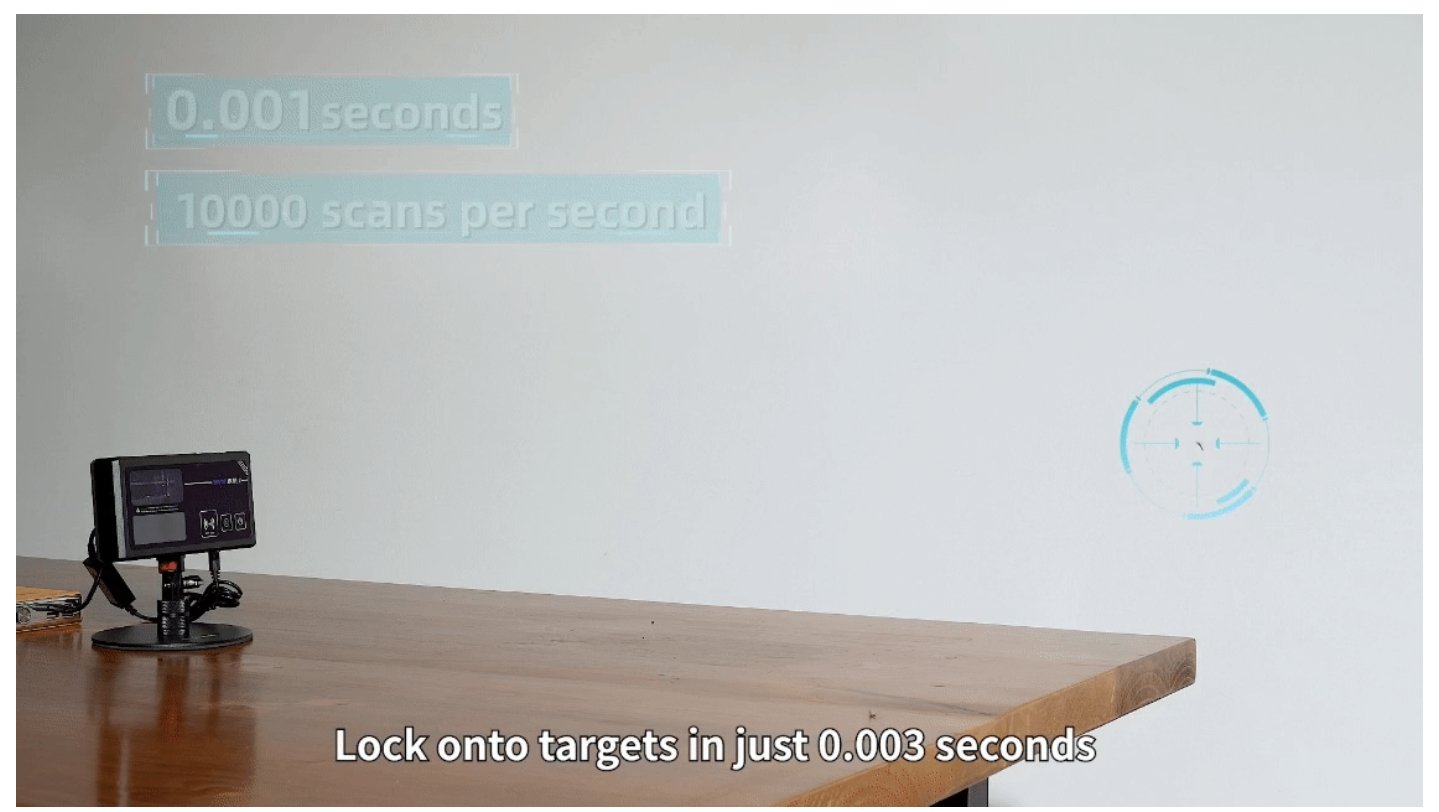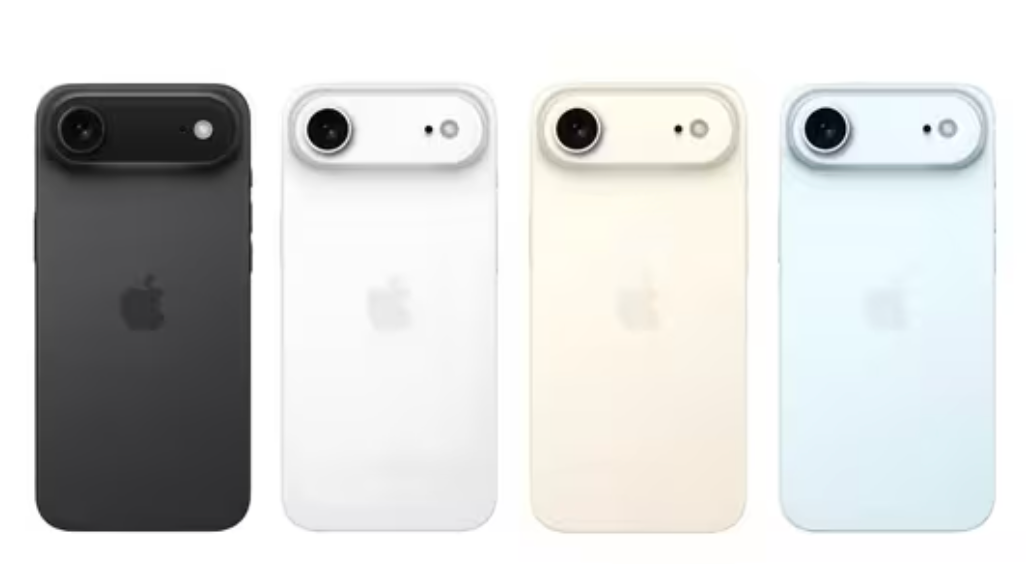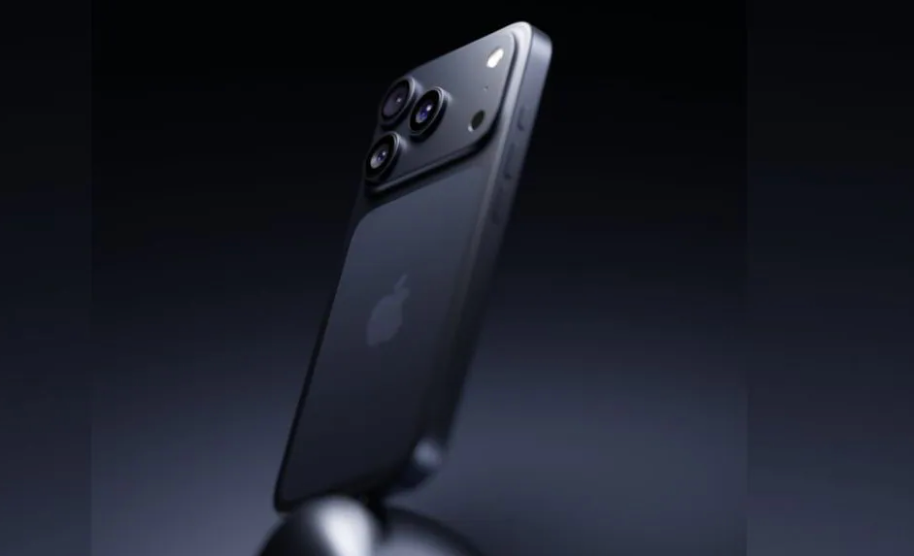In today’s hyper-competitive market, innovation isn’t just about having the best product — it’s about deeply understanding customers and solving their problems in creative ways. That’s where design thinking comes in. By combining customer journey mapping, empathy point-of-view (POV), and the “How Might We” approach, businesses can craft strategies that are both innovative and human-centered.

Step 1: Start with Empathy
Design thinking begins with empathy. Instead of assuming what customers want, businesses must listen, observe, and understand their pain points. This involves:
- Customer interviews and surveys.
- Shadowing or observing customer behavior.
- Mapping emotions, frustrations, and motivations.
Outcome: You develop an empathy POV statement — a clear articulation of who the customer is, what they need, and why it matters.
Step 2: Map the Customer Journey
Once you understand customer emotions and needs, plot them across the journey — from awareness to purchase and beyond. Ask:
- Where are the friction points?
- What moments delight the customer?
- Where does the brand fail to deliver?
Customer journey mapping exposes opportunities for innovation at every stage.
Step 3: Frame with “How Might We” Questions
The power of “How Might We” (HMW) questions is that they turn problems into opportunities. For example:
- Instead of: “Customers get frustrated during checkout.”
- Reframe as: “How might we make checkout smoother and faster?”
HMW questions unlock creativity, encourage collaboration, and prevent teams from jumping straight to solutions without exploring possibilities.
Step 4: Innovate and Prototype
With empathy POV and HMW in place, ideate solutions that directly address customer pain points. Use brainstorming, rapid prototyping, and A/B testing to explore multiple possibilities quickly. The goal isn’t perfection — it’s to test, learn, and improve.
Step 5: Integrate Into Strategy
Innovative strategies built on design thinking are not one-off projects. They must be integrated into business models, marketing, and customer experience initiatives. Companies that continuously refine the journey based on empathy and HMW thinking stay ahead of competitors.
Example in Action
Imagine a retail brand where customers abandon carts at checkout. Instead of only fixing the payment gateway, the brand uses design thinking:
- Empathy POV: “Busy customers need a faster, frustration-free checkout.”
- HMW: “How might we reduce checkout time to under 60 seconds?”
- Strategy: Introduce one-click payments, save customer preferences, and simplify the cart design.
Result? Reduced drop-offs and happier customers.
Conclusion
By combining empathy POV, customer journey mapping, and the “How Might We” framework, companies can innovate in a way that genuinely solves customer problems. Design thinking doesn’t just make products better — it makes experiences more human.







Leave a Reply